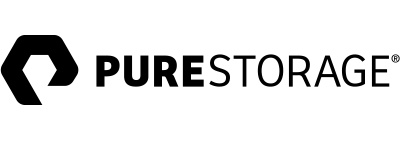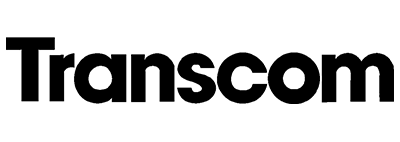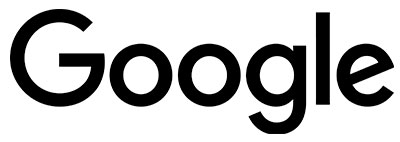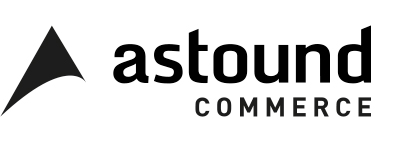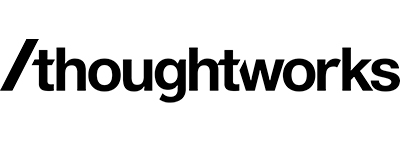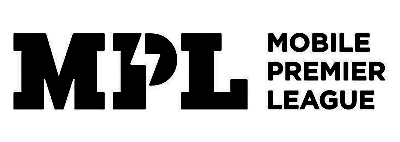Last month, Shopify announced Chaos Monkey - a radical cancellation of all meetings across the organisation.
Justifying its abrupt move, the leadership team argued that an overwhelming level of virtual meetings and chats on Slack had been harming both productivity and morale.
And it’s true – meetings have proliferated. According to the Microsoft Work Trends report, between February 2020 to February 2022, the average user of Microsoft Teams attended more than twice the number of meetings and their time spent in meetings more than tripled.
These statistics highlight compelling reasons why companies are looking to prune their meeting calendar.
So should you consider your own version of Chaos Monkey?
Maybe.
Should you analyse your current meeting structure and the impact on productivity, collaboration and digital employee experience?
Certainly.
Here are 13 essential metrics to measure the current state of meetings at your company, before making decisions to implement change.
Total and average number of meetings
This meetings metric provides an overview of how many meetings have been scheduled over a given period of time.
While it’s a simple measure, it’s important to understand simply how many meetings are happening across the organisation and across different demographics. Alongside time spent in meetings and the size of meetings, it can show much of the working day is dedicated to communication via meetings.
This can be correlated to key performance indicators, for example, productivity rates, collaboration and employee engagement to understand the true business impact of meetings.
Size of meeting
This metric measures the number of attendees at each meeting.
With greater clarity on how many people are in meetings, it is easier to understand how effective these meetings are and the time and cost that is being sunk into this communication choice. Research shows that larger meetings tend to turn into information-sharing sessions and allow for far less individual participation, while people in larger meetings tend to be more distracted by other tasks.
Recurring meetings
Recurring meetings tend to be created for better alignment and collaboration; this metric highlights how many recurring meetings there are across an organisation.
Recurring meetings often continue to exist far beyond the necessary period. This is because it’s how companies have always collaborated and many participants may be hesitant to ask for their removal or simply not show up. Many hours are therefore lost to a handful of people having a conversation, while many watch in silence.
Understanding the number and size of recurring meetings empowers teams to give time back to employees and inspire a more asynchronous and productive way of communicating.
Invited vs. attended employees
This meetings metric indicates the difference between the number of people who were invited to a meeting and those who attended the meeting.
A common trend in remote and hybrid work has been the culture of over-collaboration and over-communication via a number of digital workplace channels, particularly through meetings.
This metric can demonstrate this culture by highlighting the chasm that often forms between those invited and those attending meetings. When the chasm grows, this shows a potential lack of employee engagement, increasing calendar clashes or meeting burnout.
Meeting duration
This metric measures the length of each meeting and can identify patterns in how long different types of events last.
It is a powerful way of understanding how dominant meetings are in employees’ working days. And it becomes particularly interesting when highlighting trends in meeting duration across the organisation, for example, perhaps the Operations Team has consistently long meetings that overrun while the Sales Team has frequent but shorter meetings.
Meeting distribution
This metric shows how meetings are distributed throughout the day.
The increasing number and duration of meetings, combined with less focus time, is lengthening the working day for many employees. Meeting distribution can be correlated with out-of-hours work trends and this clarification can help the organisation be more intentional in the scheduling of meetings.
For example, if there is a high density of meetings on Wednesdays that is pushing out-of-hours work into the evening, a redistribution can be designed to promote healthier digital collaboration – and teams could consider alternative asynchronous communication techniques.
Virtual vs. in-person meetings
This metric shows the proportion of meetings that are virtual or in-person.
Research indicates that meeting for extended periods of time via digital workplace tools such as Google Meet, Microsoft Teams, or Zoom can lead to burnout. It is reported that this particularly impacts women.
And for many organisations, the true impact of these meetings and the effectiveness of virtual vs. in-person meetings is a mystery.
By analysing the number of virtual vs. in-person meetings that are occurring across an organisation, and filtering by employee demographics e.g. gender, a clear picture on the meetings culture and the impact on employees can be formed and can be mapped to trends in collaboration and productivity.
Focus time
This meetings metric is designed to measure how much time people have to concentrate and get work done outside of meetings.
Research shows that knowledge workers need periods of up to two hours of uninterrupted time to focus and solve problems. Without this time, employees find completing their tasks more challenging, which can be draining and demoralising and lengthen the working day.
When this happens, there are several implications for the organisation including reduced productivity and efficiency levels and problems with employee retention.
Inclusion by team
This metric demonstrates which teams are represented in meetings.
Team inclusion metrics enable you to understand who is in meetings. Understanding which teams/departments are represented in meetings is essential for ensuring that all relevant perspectives are heard and considered, and it can also indicate teams that are over-connected with the rest of the organisation.
This can lead to more informed decision-making, greater collaboration and improved business outcomes.



